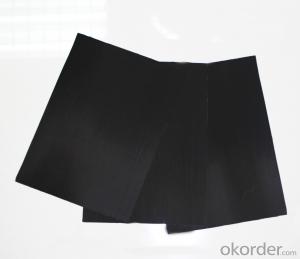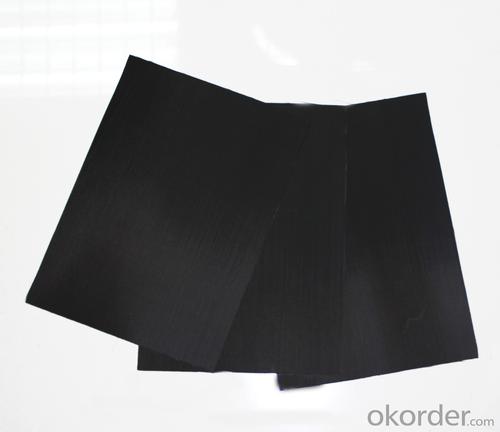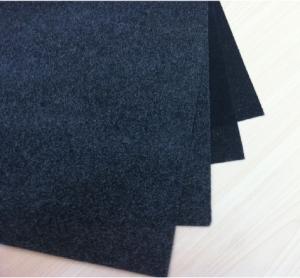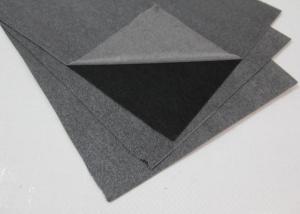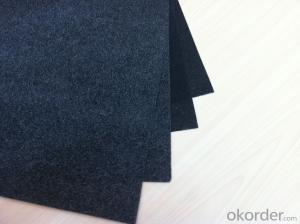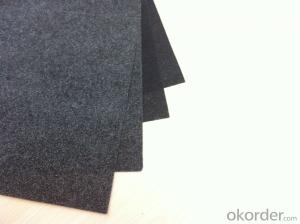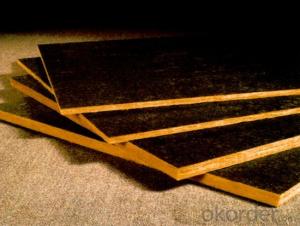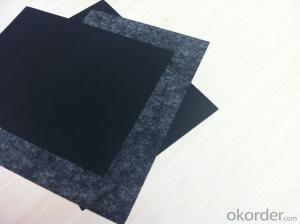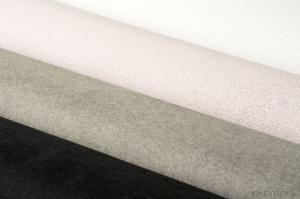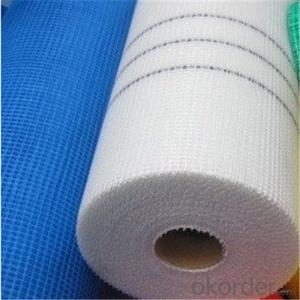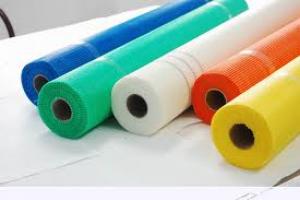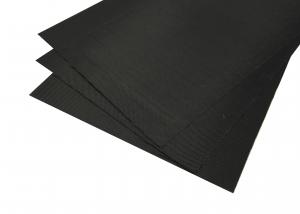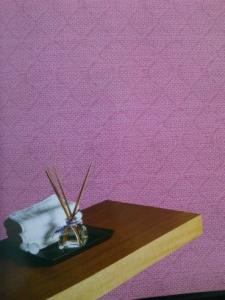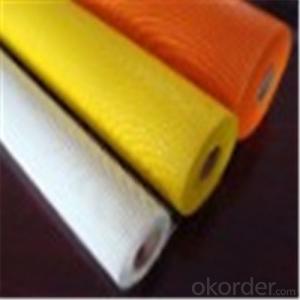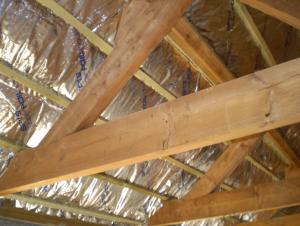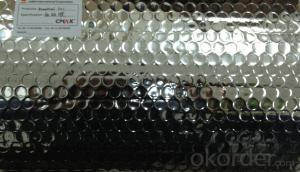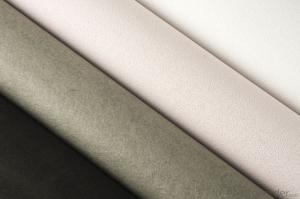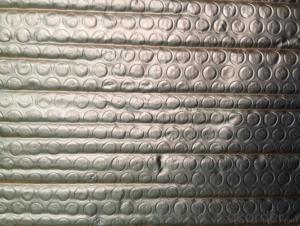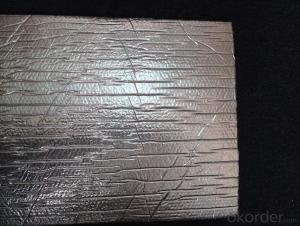Fiberglass Facing Black Fiberglass Cloth-140gsm with Reinforcement
- Loading Port:
- Shanghai
- Payment Terms:
- TT OR LC
- Min Order Qty:
- 500 m²
- Supply Capability:
- 100000 m²/month
OKorder Service Pledge
OKorder Financial Service
You Might Also Like
Introduction of Fiberglass Tissue
Fiberglass Tissue is a kind of facing, which is made of by the white fiberglass tissue, and special production process.
Application of Fiberglass Tissue
Our black tissue are mainly used as facing for glass wool insulation, rockwool, mineral wool etc. Also fiberglass tissue facing is used under roof decking, under attic rafters, over existing attic thermal insulation, in floors, walls and crawl spaces, and in industrial and commercial buildings to block radiant heat coming into house through the roof during the summer and retain indoor heat generated during in winter
Advantage of Fiberglass Tissue
Light weight
• High manufacturing accuracy
• High strength
• Small inertia resistance
• Strong heat dissipation ability
• Good visual effect
• High reflective insulation
• Heat resistant, water proof, stable at high temperature;
• Environmentally friendly, no smell and not-toxic;
• Smooth and clear surface;
Packing of Fiberglass Tissue
1. Waterproof paper then PVC shrinking Film
2. Water-Proof film only
3. Woven cloth
4. Kraft paper or Water Proof Film then Metal/wooden pallet
5. (Also as your request. )
Specification of Fiberglass Tissue
Specification | ||
ITEM | UNIT | VALUE |
Weight | g/m2 | 140 |
Thickness | mm | 0.16 |
Density | /cm | 12×12 |
Oxygen Index Number | % | ≥32 |
Tensile Strength MD | n/125px | 800 |
Tensile Strength CMD | n/125px | 500 |
Fire Resistant Property | B1 | |
Pictures of Fiberglass Tissue
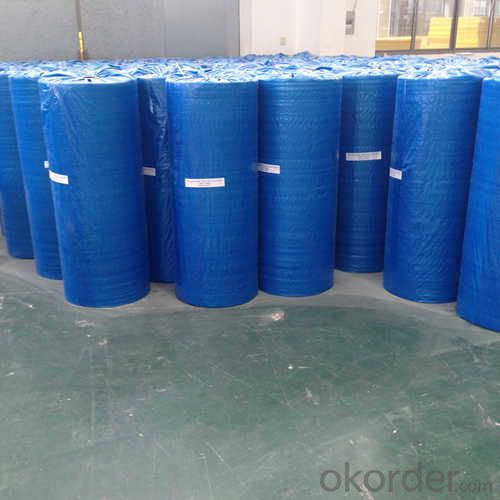
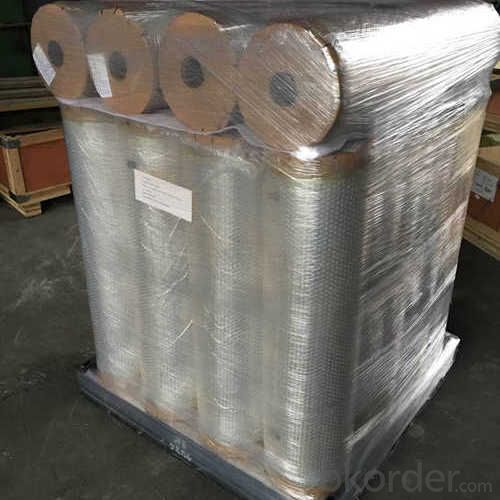
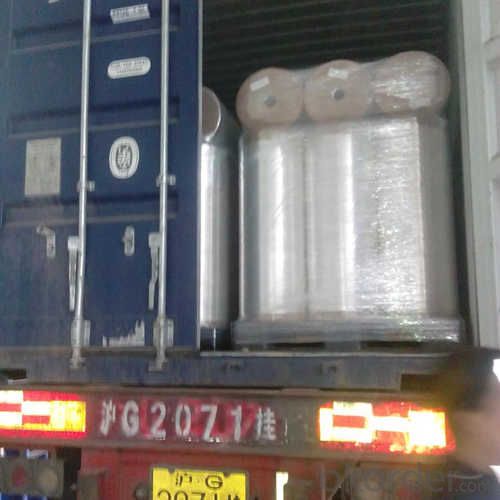
FAQ
We have organized several common questions for our clients,may help you sincerely:
1. What is the storage condition?
The Aluminum Foil Facing should be stored at room temperature and kept from wet and heat source.
2. How to guarantee the quality of the products?
We have established the international advanced quality management system,every link from raw material to final product we have strict quality test;We resolutely put an end to unqualified products flowing into the market. At the same time, we will provide necessary follow-up service assurance.
3.How to guarantee the quality of the products?
We have established the international advanced quality management system,every link from raw material to final product we have strict quality test;We resolutely put an end to unqualified products flowing into the market. At the same time, we will provide necessary follow-up service assurance.
4.How long can we receive the product after purchase?
In the purchase of product within three working days, We will arrange the factory delivery as soon as possible. The specific time of receiving is related to the state and position of customers. Commonly 20 to 25 working days can be served.
5.What is the storage condition?
The welded wire mesh should be stored at room temperature and kept from wet and heat source.
- Q: The user is asking if there are any health risks associated with regular use of black fiberglass tissue.
- <p>Regular use of black fiberglass tissue could potentially be harmful to your health. Fiberglass is made of fine glass fibers that can be inhaled or come into contact with skin, potentially causing irritation or more serious health issues. Prolonged exposure may lead to respiratory problems, skin irritation, and in some cases, more severe conditions like mesothelioma. It's advisable to handle fiberglass with care, using protective gear, and to limit exposure as much as possible. Always refer to the material safety data sheet (MSDS) for specific health and safety information regarding the product you're using.</p>
- Q: This question asks for an explanation of the various methods used in the manufacturing process to produce black fiberglass tissue.
- <p>Black fiberglass tissue is typically produced through a series of manufacturing processes that involve the use of glass fibers and resins. The primary methods include: 1) The wet lay-up process, where glass fibers are soaked in a resin solution and then layered to form the tissue. 2) The spray-up process, where resin and chopped glass fibers are sprayed onto a mold and allowed to cure. 3) The hand lay-up process, which is similar to wet lay-up but involves manually applying the resin and fibers. 4) The pultrusion process, where fibers are pulled through a resin bath and then into a heated die to form the desired shape. 5) The filament winding process, where continuous glass fibers are wound around a rotating mandrel to create a strong, uniform tissue. Each method has its own advantages and is chosen based on the specific requirements of the end product, such as strength, flexibility, and cost.</p>
- Q: What are the similarities and differences between white and black fiberglass tissue?
- <p>White and black fiberglass tissues are similar in that they are both made from glass fibers combined with a resin. They share properties such as strength, durability, and resistance to various environmental factors. However, the primary difference lies in their appearance, with white fiberglass tissue being lighter in color and often used for aesthetic purposes or in applications where a lighter color is preferred. Black fiberglass tissue is typically used in applications where color is not a concern or where a darker color is beneficial, such as in some industrial settings. The choice between white and black fiberglass tissue often depends on the specific requirements of the project or product being manufactured.</p>
- Q: Is it possible to recycle black fiberglass tissue in an environmentally friendly manner?
- <p>Yes, black fiberglass tissue can be recycled in a sustainable way. The process involves separating the fiberglass from other components, cleaning, and shredding it into smaller pieces. Recycled fiberglass can be used as a filler in new composite materials, reducing the need for raw materials and promoting sustainability. However, it's important to note that not all recycling facilities may accept black fiberglass due to the dye, which can complicate the recycling process. Proper disposal and recycling guidelines should be followed to ensure the material is handled correctly.</p>
- Q: This question asks for a comparison between two types of insulation materials: glass fiber and ceramic fiber, highlighting their distinct characteristics and differences.
- <p>Glass fiber and ceramic fiber insulation materials differ in composition, properties, and applications. Glass fiber is made from glass and is known for its high tensile strength, flexibility, and resistance to moisture. It's commonly used in construction and automotive industries. Ceramic fiber, on the other hand, is made from ceramic materials and is characterized by high-temperature resistance, low thermal conductivity, and excellent chemical stability. It's often used in high-temperature industrial applications and aerospace. Additionally, ceramic fiber is generally more expensive than glass fiber due to its superior heat resistance and durability.</p>
- Q: This question asks for a comparison between black fiberglass tissue and other organic fibers, focusing on their properties and applications.
- <p>Black fiberglass tissue, also known as black glass fiber, is an inorganic fiber made from glass that is often used for its strength and heat resistance. Compared to organic fibers such as cotton, wool, or silk, black fiberglass tissue is non-flammable, has a higher melting point, and offers superior insulation properties. It is also resistant to chemicals and does not rot or decay. However, it lacks the softness and breathability of organic fibers, making it less suitable for clothing. Organic fibers are biodegradable and more comfortable for direct contact with skin, but they are generally weaker and less heat-resistant than black fiberglass tissue.</p>
- Q: What is the rate at which black fiberglass tissue absorbs moisture?
- <p>The moisture absorption rate of black fiberglass tissue is typically very low, often less than 1%. This low absorption rate is due to the material's hydrophobic nature and the manufacturing process that includes a resin treatment. However, specific absorption rates can vary depending on the exact composition and treatment of the fiberglass tissue, and it's advised to refer to the manufacturer's specifications for precise data.</p>
- Q: Can black fiberglass tissue be utilized for cleaning hard surfaces?
- <p>Yes, black fiberglass tissue can be used for cleaning hard surfaces. It is known for its durability and abrasive properties, making it suitable for removing dirt, grime, and even paint. However, it's important to be cautious as it can scratch softer surfaces. Always test on a small, inconspicuous area first to ensure it won't damage the surface.</p>
- Q: Are there different types of fiberglass facing available?
- Indeed, a variety of fiberglass facings are accessible. Fiberglass facing serves numerous purposes in insulation, construction, and the automotive industry. It is obtainable in diverse structures and configurations tailored to specific needs and requirements. One prevalent form of fiberglass facing is woven fiberglass fabric. This fabric is crafted by interweaving delicate strands of fiberglass, resulting in a robust and long-lasting material. It is commonly utilized in applications that demand exceptional strength, resistance to heat, and resistance to chemicals. Another variation is the chopped strand mat (CSM), which comprises short strands of fiberglass randomly dispersed and held together by a binder. CSM is frequently employed in scenarios where easy handling and malleability hold significance, such as in boat construction and automotive component manufacturing. Fiberglass facing can also be procured in the form of non-woven fabrics, which are fabricated by bonding randomly aligned fibers. Non-woven fiberglass fabrics are often used as reinforcement material in roofing, flooring, and insulation applications. Furthermore, fiberglass facing can be obtained as fiberglass sheets or panels. These rigid, pre-formed panels are constructed from fiberglass materials and are commonly employed for insulation purposes in buildings and industrial settings. In conclusion, the assortment of fiberglass facings available grants the capability to select the most appropriate material for specific applications, considering factors like strength, durability, malleability, and ease of handling.
- Q: Is it possible to utilize black fiberglass tissue as a material for soundproofing purposes?
- <p>Yes, black fiberglass tissue can be used for soundproofing materials. It is known for its excellent sound absorption properties due to its porous structure, which allows it to trap and dampen sound waves. Fiberglass is also resistant to heat and moisture, making it a durable choice for various applications. However, it's important to note that while it can help reduce noise, it may not provide complete soundproofing. Proper installation and additional layers or materials may be necessary to achieve the desired level of sound reduction.</p>
Send your message to us
Fiberglass Facing Black Fiberglass Cloth-140gsm with Reinforcement
- Loading Port:
- Shanghai
- Payment Terms:
- TT OR LC
- Min Order Qty:
- 500 m²
- Supply Capability:
- 100000 m²/month
OKorder Service Pledge
OKorder Financial Service
Similar products
Hot products
Hot Searches
Related keywords
